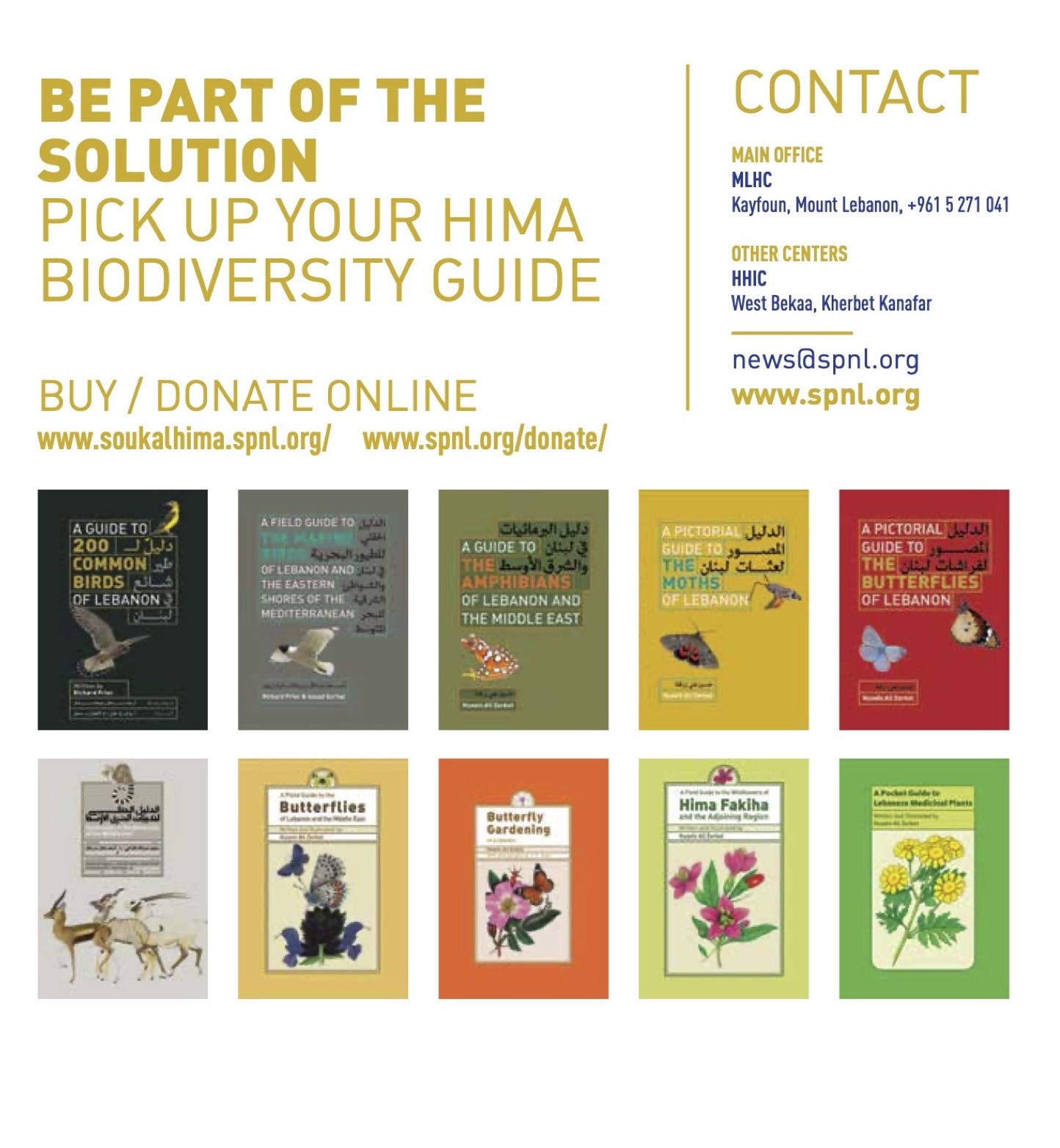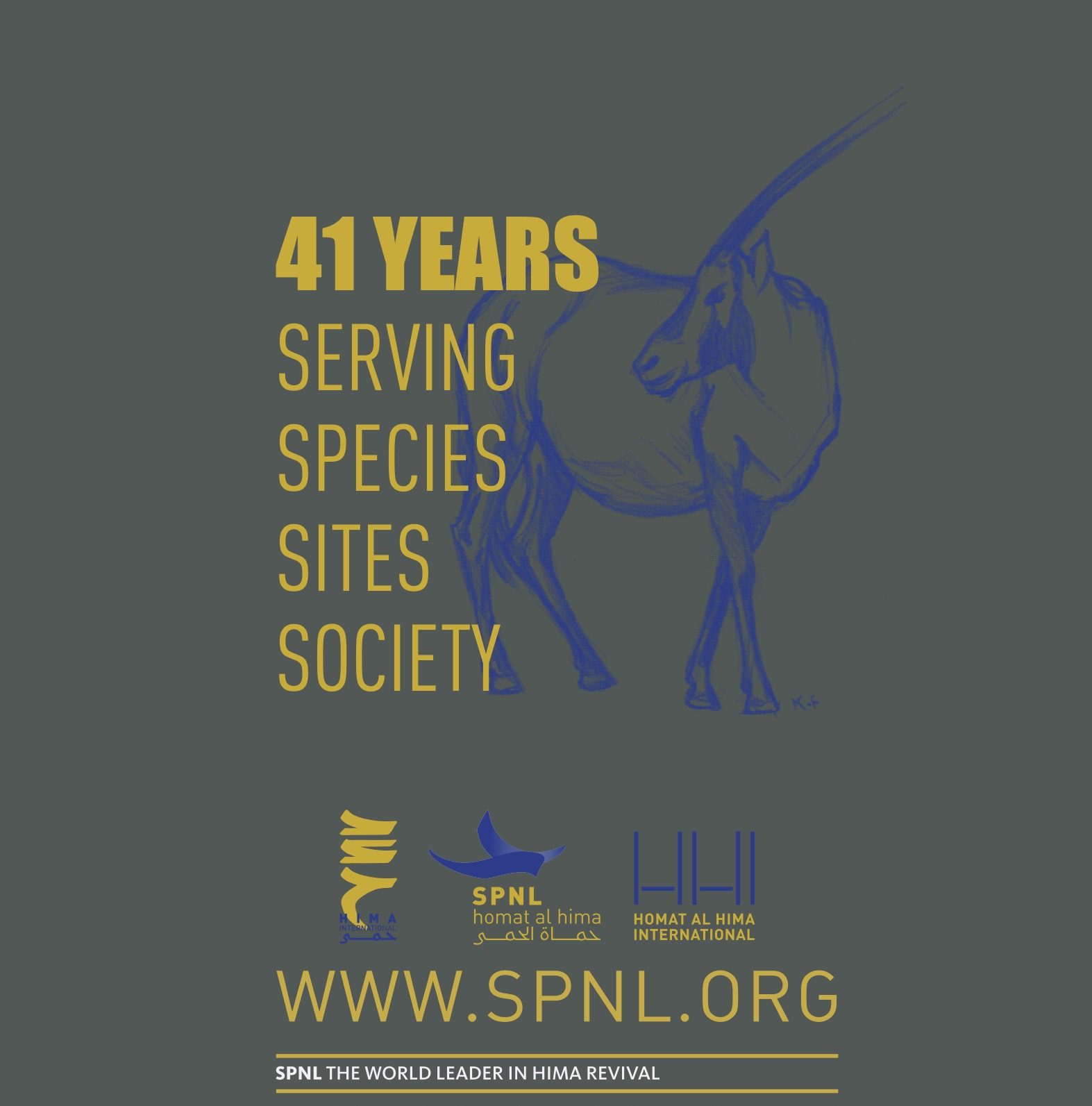At sunrise in Anjar, the wetland mist lifts slowly off reedbeds and willow groves, unveiling a mosaic of water channels where dragonflies skim and herons rise. It’s an ecosystem that breathes life into the Bekaa—and a place where a new generation is learning to protect, interpret, and benefit from nature.
Under the PROZHUM project, funded by Agence Française de Développement (AFD), two capacity-building sessions for Homat al Hima—the “Guardians of the Hima”—brought Anjar’s youth together around a practical question: how do you welcome visitors to a fragile wetland while keeping people and wildlife safe? The answer, it turns out, is part passion, part planning.
A training that starts on the trail
Led by field trainer Hamada Malaeb the first module focused on ecotourism fundamentals. Participants mapped out potential visitor journeys—from a family-friendly boardwalk loop to dawn birdwatching circuits—then pressure-tested them against real-world scenarios: Where do groups gather and receive safety briefings? How do you keep foot traffic off sensitive nesting sites? How do you tell a compelling story that links local livelihoods to conservation?
The group practiced reading the landscape as a guide would: noticing the way a kingfisher’s presence signals clean water, or how native plants stabilize the embankments that protect nearby farms. They learned to “layer” interpretation—starting with a vivid observation, connecting it to a species, and then tying it back to community benefits and responsibilities. By the end of the day, the wetland had become more than a backdrop; it was a living syllabus.

Safety is stewardship
The second module turned to first aid and risk preparedness. Ecotourism succeeds only when visitors feel secure, and wetlands come with unique hazards—slippery banks, sudden weather shifts, even minor cuts that need quick attention far from clinics. Using hands-on drills, the trainees practiced scene assessment, basic wound care, heat and cold management, and safe evacuation techniques along narrow paths. They built compact guide kits and designed a simple incident-reporting routine that any volunteer can follow.
These skills matter for wildlife, too. A calm, organized response prevents crowding and panic that can push birds off nests or trample vegetation. Safety, they discovered, is not separate from conservation; it is one of its most practical expressions.

The Hima model at work
At the heart of SPNL’s approach is the Hima model—community-based stewardship rooted in a centuries-old tradition of managing shared lands for the common good. In Anjar, that ethos shows up in the small decisions: using local guides who know when sensitive areas should be off-limits; choosing quiet observation points over intrusive viewpoints; sourcing refreshments from women-led kitchens and village producers so tourism income circulates locally.
The trainings helped participants translate those values into operations: visitor codes of conduct, group size limits, low-impact infrastructure, and simple monitoring forms to record what’s working and what needs adjustment. When conservation principles are embedded in everyday routines, they become habits—practiced not only by trained guardians, but by every guest who passes through.

Youth at the center
What stood out most was the confidence shift. Several of the young participants had grown up around the wetland but had never imagined themselves as interpreters of it. Over two sessions, they built a shared identity: not just residents of Anjar, but ambassadors for a place that matters far beyond town boundaries. They began sketching seasonal calendars—cherry blossoms and spring migrants in April, dragonfly walks in July, reed-bed photography in golden October—and matching each with appropriate safety notes and guiding scripts.
For some, the training opened pathways to green livelihoods: part-time guiding, nature education with schools, locally made crafts and snacks, and future internships with SPNL partners. For others, it offered a way to serve—to become the steady presence on the trail who knows the birds by silhouette and the first-aid steps by heart.

From sessions to a site plan
Training without follow-through is just a good day outdoors. With SPNL’s support, the group outlined immediate next steps that turn learning into visible improvements:
-
Design visitor flow: Clear trailheads, simple wayfinding, and marked no-go zones for breeding areas.
-
Publish a code of conduct: Quiet hours, waste-free picnics, stay-on-path rules, and wildlife viewing etiquette.
-
Equip the guides: Shared first-aid kits, emergency contact cards, and a radio/phone tree for rapid response.
-
Tell the story everywhere: Short interpretive panels, guide talking points, and social posts that invite visitors to come for nature, stay for community.
-
Monitor and adapt: A basic log of visitor numbers, incidents, and wildlife sightings to refine management season by season.

Why it matters now
Lebanon’s wetlands are under pressure—from climate stress, water extraction, invasive species, and the quiet erosion that comes when people stop noticing. Ecotourism, done right, flips the script. It brings eyes on the landscape, gentle revenue to caretakers, and pride to communities who can say: this is ours, and we’re looking after it.
The PROZHUM sessions in Anjar are a small chapter in that larger story, but they read like a blueprint: train local guardians, align safety with conservation, and build experiences that honor both wildness and welcome. When visitors return home with a memory—of a heron lifting off the water, of a young guide explaining how reeds filter the stream—they carry more than a photograph. They carry a reason to care.
As the sun dropped behind the poplars at the end of day two, the newly trained guardians gathered at the trailhead, first-aid kits stowed and maps rolled. The wetland was settling into evening, but their work was waking up. Tomorrow, they would walk the same paths—this time with guests—ready to share Anjar’s living heritage and to keep it thriving, one careful step at a time.







